I improved my gravel handling with this guidance from a national champ - and you can too
Experience on the road is a great foundation. Here's how to sharpen it for the trails
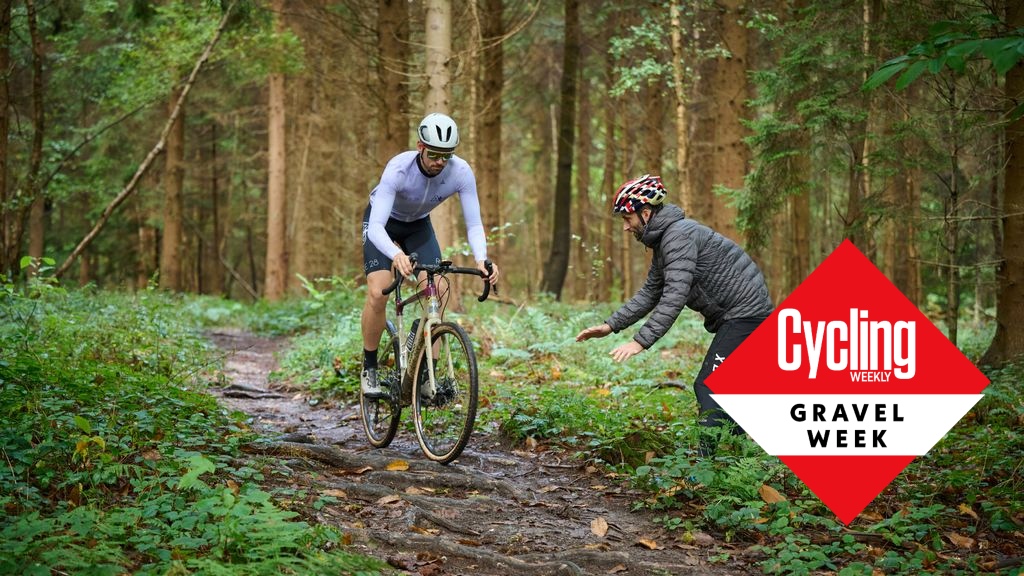

Having stopped racing at UCI level, I did what most riders do and bought a gravel bike. I used to ride my road bike off road a fair bit, but with 23mm tyres and headsets getting replaced every 2 months. I also haven’t raced since September 2021 so my bike handling skills are probably not quite what they were, and they weren’t a skill I was that renowned for in the first place!
There are many benefits of riding off-road for road riders, including improved resilience, whole-body strength, and improved bike-handling.
So, with a new endeavour to become a speedy gravel racer, do some events, and improve my road cycling skills, I enlisted the help of Ian Field - multiple National Champion in cyclocross. The goal: to make me a faster gravel rider and to transfer those skills on the road, to make me a better cyclist in general.
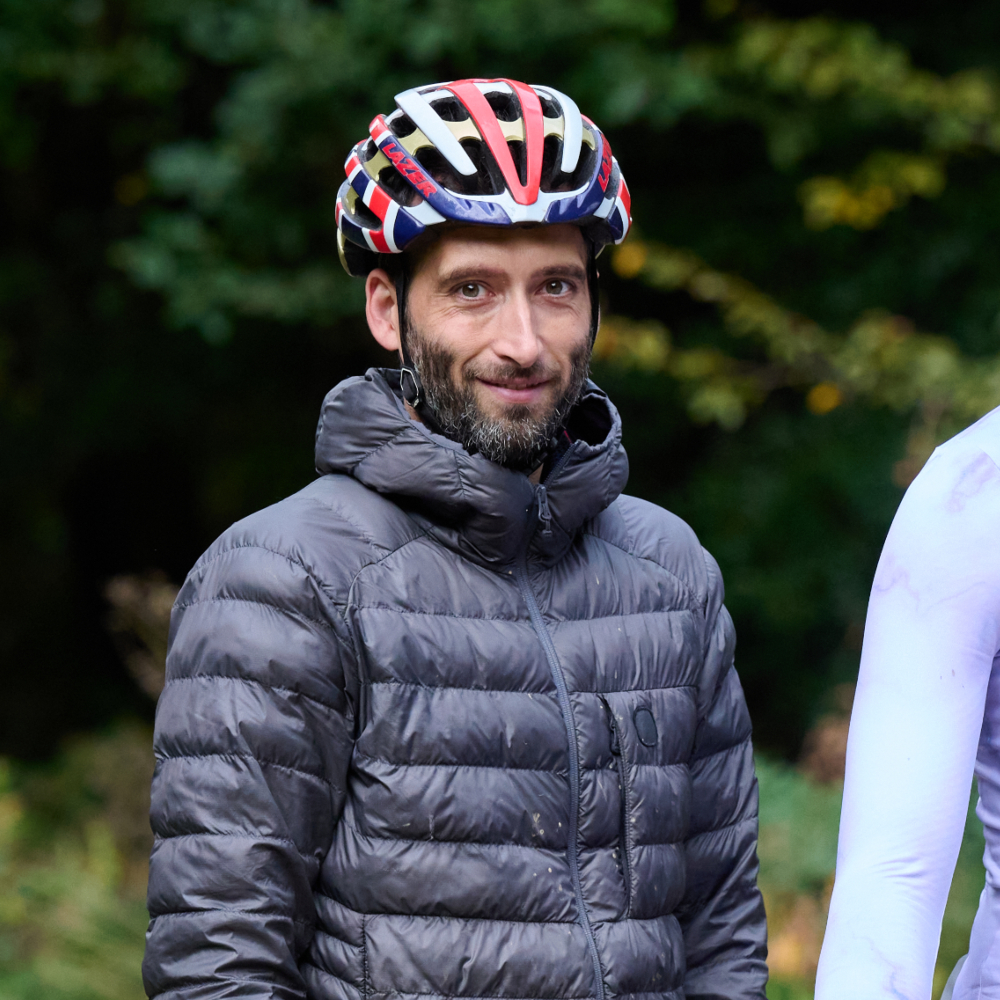
Ian Field is the Director of VELD Coaching, as well as five times British Cyclocross Champion, six times British Series Winner and a cyclocross commentator.
First up, I needed to see where my current off-road skills were at. To do this, I ventured into the Forest of Dean and the Verderers Trail. It’s quite a technical course, about 10km in total. There are plenty of steep inclines, twisty descents, and the fabled Dragon’s Back pump track which even shocked Ian by how many lumps and bumps it involved.
My first crack at this wasn’t too bad in my own opinion. I covered the 9.7km loop in 38:55. I did fall off once uphill round a tight corner (much to the amusement of the mountain bikers just behind me!) but managed not to get overtaken at any point.
Looking back on the individual segments of the course, it was clear that on the technical segments - especially downhill - I was miles off the faster times. My uphill times weren’t too bad but that’s likely due to the bike I was using being fairly light - and the main focus of the trail for most riders being the downhill elements. I recorded footage of my lap and sent this over to Ian for him to critique before our coaching session together.
The location for our skills session was near Ashford, in Kent and the local woodland park. We started off from the car park and went down the fire road before venturing off into some more technical and wilder terrain - perfect for honing the skills necessary to boost my speed both off-road and on-road. Some of them were very easily transferable, whereas others a bit more circumstantial. Let’s move onto the details:
Get The Leadout Newsletter
The latest race content, interviews, features, reviews and expert buying guides, direct to your inbox!
Five gravel bike tips and skill drills for road riders
1. Drop the pressure
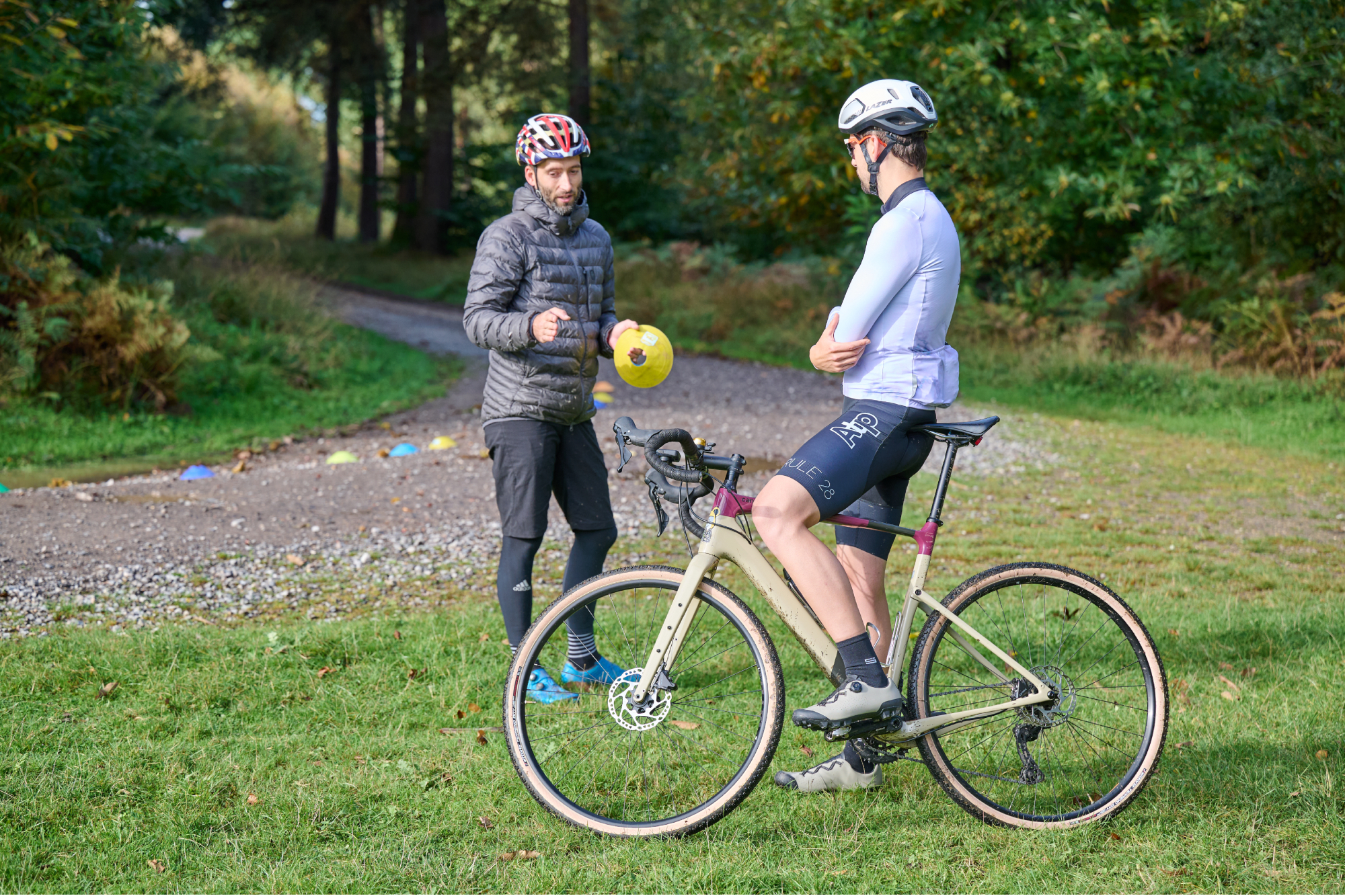
This is an area that is still a bit ingrained in me from my early days of cycling in 2014 - when high tyre pressure was considered fastest. I always used to run 120psi front and rear but have since switched to 80 front 90 rear with 28mm rubber. For the gravel bike, I went for 45/50 front and rear, and the first thing Ian did was drop this to 30/30. For off-road riding especially, the lower gravel bike tyre pressure means that you are far less likely to experience skids or loss of traction and will also roll over the terrain faster.
Especially with the near extinction of inner tubes, lower pressures don’t carry the pinch flat risks they used to. Indeed, for road riding I would likely be a bit quicker on a 70/80 front/rear psi. Not only would this work well over the less than ideal road surfaces for rolling resistance, it would also improve handling and comfort.
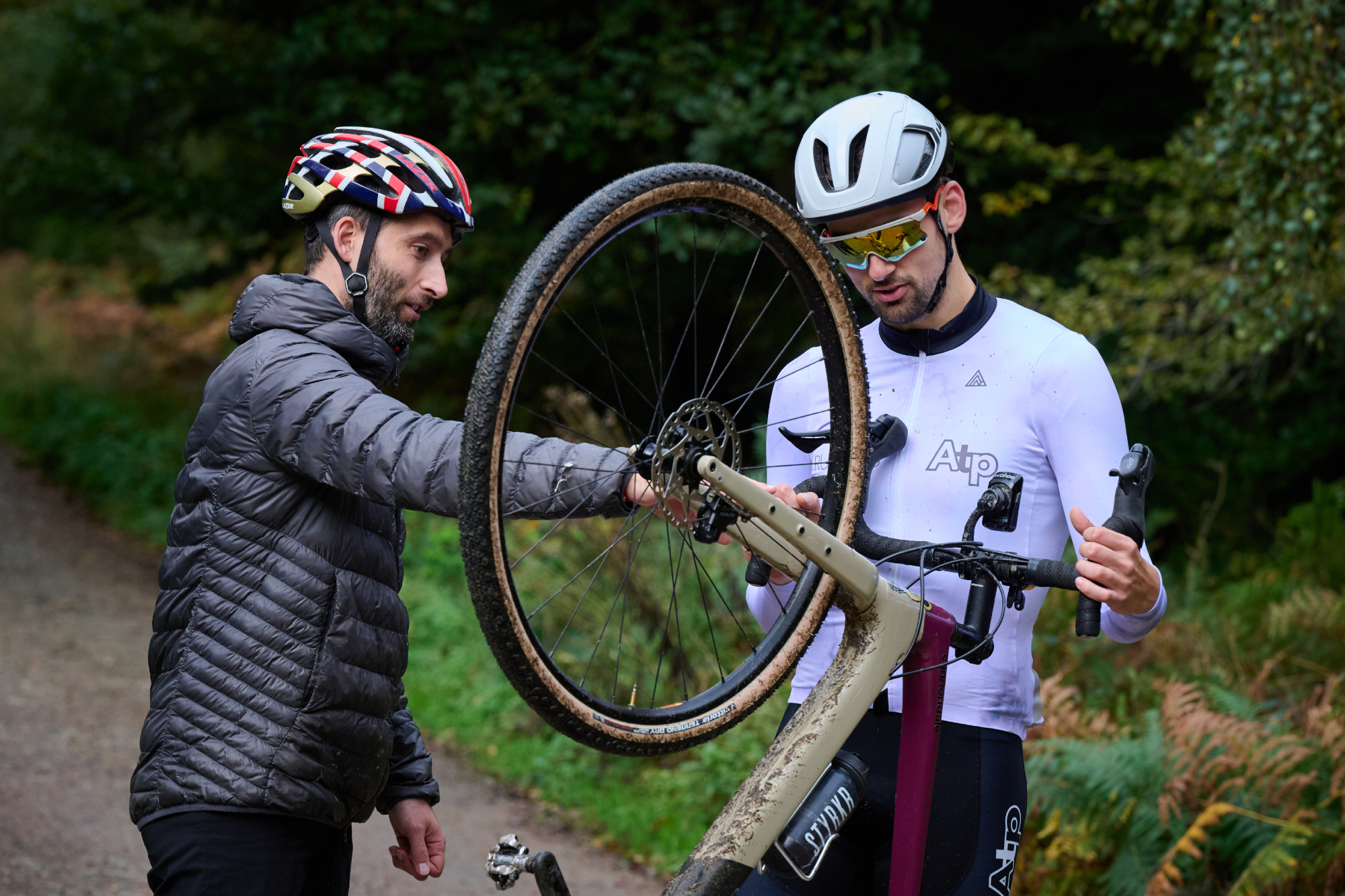
Although comfort may not be top of the list for many in a speed performance setting, if you are more comfortable come the end of a race you likely will be able to produce a higher percentage of your peak power.
In fact, since applying these new lower pressures on the road bike, my fatigue resistance does appear to be better when looking into my own data on TrainingPeaks/WKO5. Speed is hard to gauge, as day to day conditions have a greater impact than 10psi - but lower pressure does seem to feel better when cornering round tight bends.
2. Keep loose
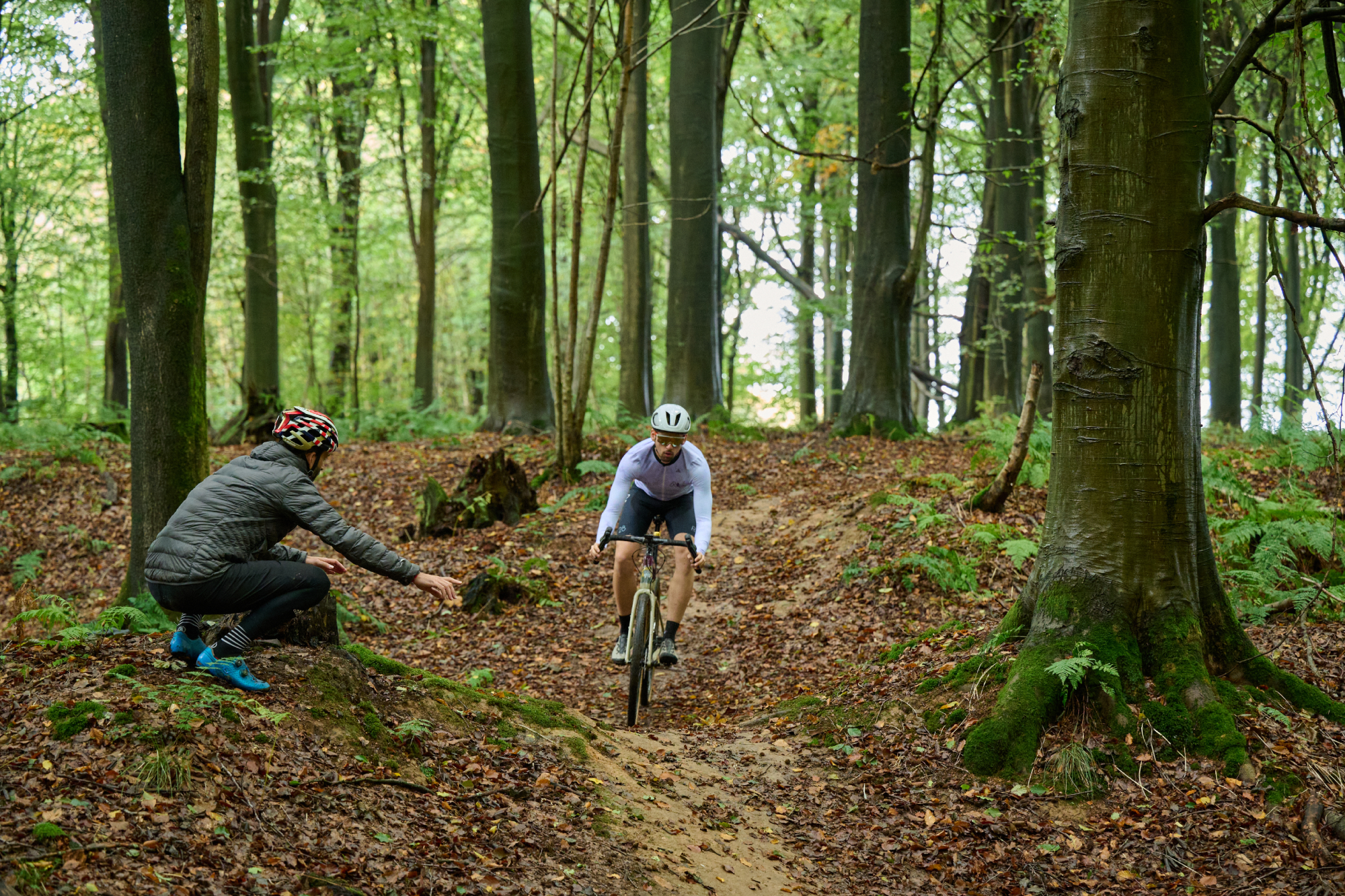
Another point that Ian spotted in my riding off-road was that I was overall just a bit stiff. A big part of riding off-road he says is keeping both your arms and your legs more relaxed as especially on a gravel bike, they are your suspension to help keep the tyres in contact with the ground even over bumpy terrain.
Doing some drills over pumps where I had to use my arms and legs for momentum really put this to the test. I could go faster and ride more confidently when I actively used my arms and legs to move the bike around underneath me and manipulate my weight around the bike to alter traction.
Now on the road, you admittedly move your body around the bike far less and instead move with it such as leaning into a corner. However, keeping a level of looseness in the arms can really help keep the front tire in contact with the tarmac if there are unexpected bumps mid corner. Additionally, at lower speeds or when in the bunch and knocking shoulders, being better at managing your mass around the bike can really help maintaining control in tricky situations and getting through gaps to move up.
3. Nice and smooth
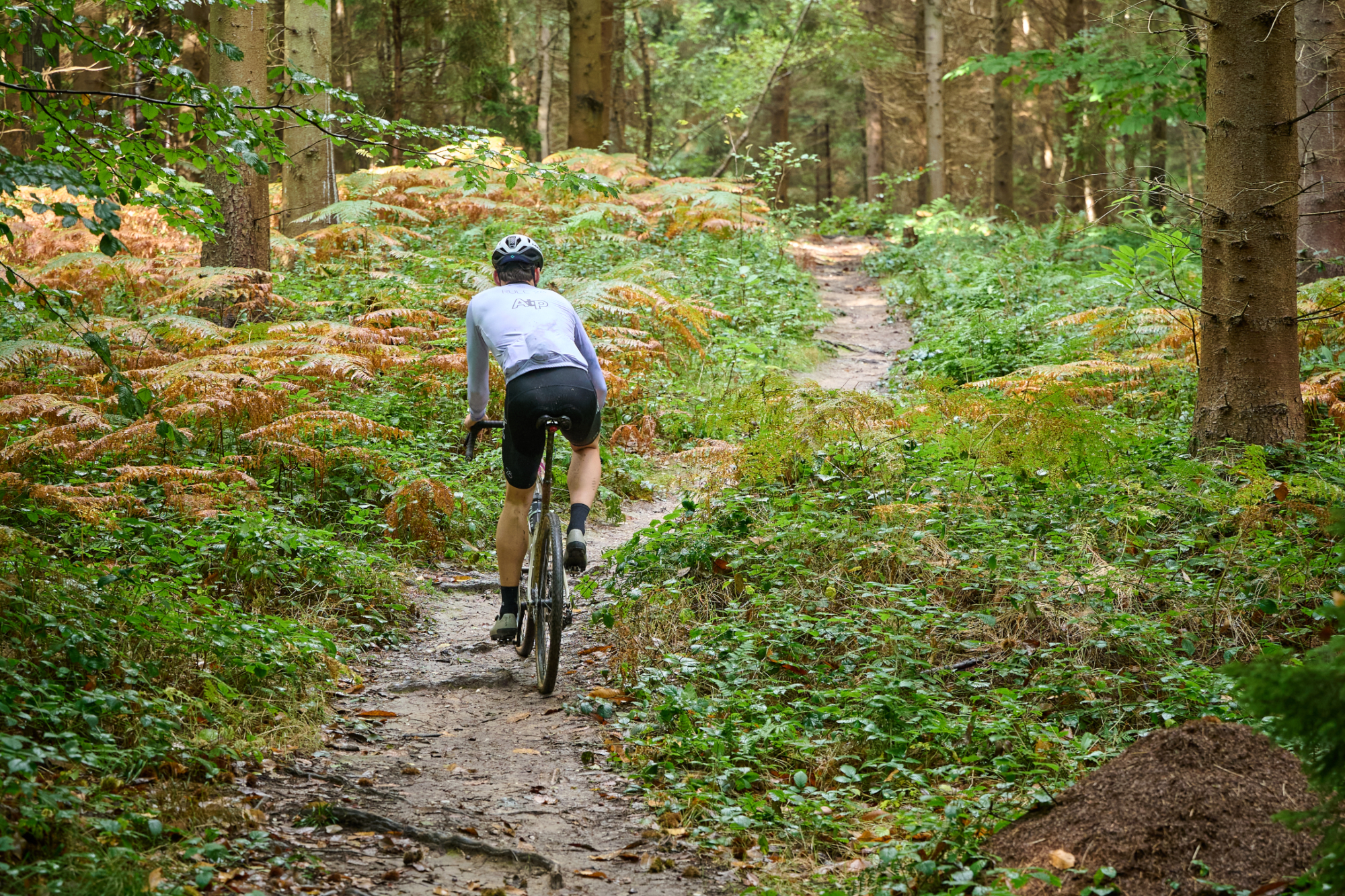
So this relates nicely to my falling off up a steep incline corner: too low a gear, spun it out, lost traction, fell over. Now on tarmac you aren’t likely to spin the rear wheel in many conditions. Although that said, up steeper inclines and when it rains, traction does become an issue.
There are a few ways to combat this which Ian walked me through. First off, good torque generation. Off-road you want to be in a bigger gear with a lower cadence to keep the pedal stroke smooth and avoid spinning the rear wheel on potentially loose surfaces. This also applies to steeper gradients where you need to get out of the saddle.
Trying to do this at 90+ RPM will just cause slippage, loss of traction, and embarrassingly slow motion falls that bruise your pride. There is also your position yourself on the bike when out of the saddle. Ian pointed out riders like Cadel Evens who, compared to a rider like Contador, always sat back on the bike even when out of the saddle. This is to maintain rear wheel traction so that even on the steepest and slippiest inclines, you can keep the rear wheel planted on the tarmac and therefore the power output propelling your forwards.
4. High in, fast out
One thing I experienced a fair bit on off-road trails and my test route are cambered corners. Looking at videos of my test run on the trail, Ian noticed that I wasn’t going into the corner quite high enough and was also having to brake a bit in the corner.
Several things here, firstly braking in the corner is an easy way to lose traction and have a get down - it also means having to accelerate out of the corner rather than carrying speed through more efficiently.
The advice Ian gave me was to come into the corner a lot higher having finished my braking before the corner, and then dive down the banking as if a match sprinter doing a flying lap on the velodrome. This ‘wide-in approach’ is also not dissimilar to the optimal way to take a hairpin on the road. Rather than cutting the corner as tight as you can, you’ve better off coming in from a wide line and making the angle shallower so you can carry more speed through the corner.
5. Pedal through it
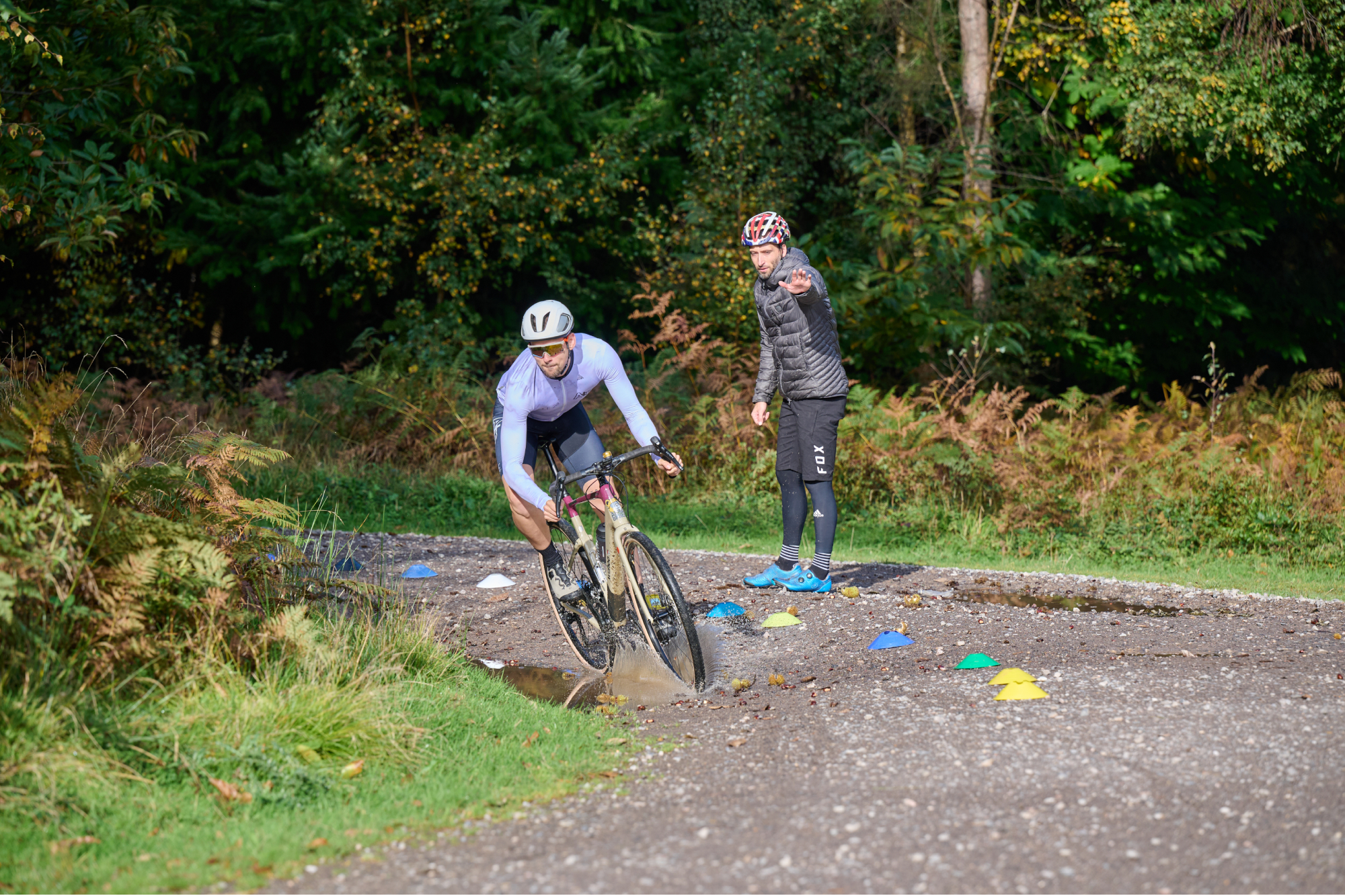
This one admittedly seems to apply more to off-road riding with loose surfaces, but can still be applicable to encountering a loose section of road or grit when out on the roads. When pedalling round some shallower corners (where you don’t need to lean or put the outside foot down) Ian showed me how you actually maintain better traction when you embrace the slide.
Keeping force through the pedals and thus the rear wheel actually enables you to have more control of the bike in the event of a slip. After trying this a few times, I realised how well it actually worked and was able to maintain more speed through corners and also control the bike when I did lose some traction.
How these tips and skills helped my off-road riding
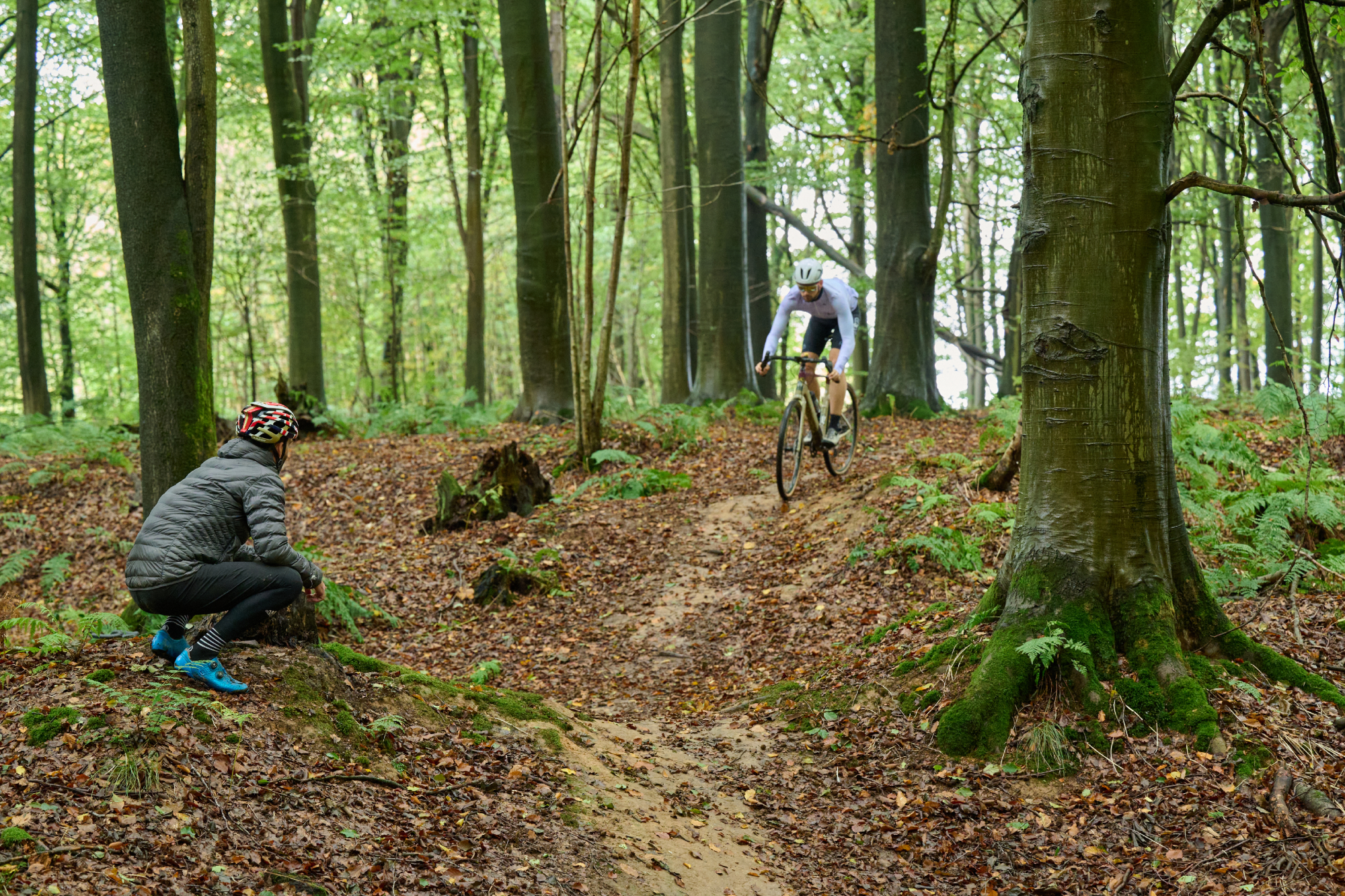
So with these new found skills developed and honed a bit, I headed back to the Verderers. Straight away, there was a big difference in my time over the 1.25km 6.7% gradient climb. My first time, fall included, put me at 7:55 minutes. My second attempt, 5:22 minutes. I think my fitness admittedly was a bit better for the second test, but with exactly a month between them, my fitness improvements wouldn’t have accounted for the full 2.5 minute difference!
When the downhill section with more technical elements was added to make a 2.7km 2.4% average segment, the time went from 16:50 minutes to 11:55 minutes, also into the top 500 of 35,000 people! The biggest difference I found was my cornering speed and also how fast I could tackle the pumps. I was pedalling through the corners and going into and coming out of them with a lot more speed. Pumping properly with my arms and legs also allowed me to get a lot more speed on those segments without the rear wheel leaving the ground.
The next part of the test was frustratingly adjusted as work was being done to the Dragon’s Back downhill segment. Instead, I went to the Launch Pad downhill trail, another Blue rated trail. It’s difficult to compare the two directly, as they are different gradients and the Launch Pad has far more switchbacks whereas the Dragon’s Back has more fast pumps.
Looking at the full Launch Pad which is 0.7km long and -8.6% grade, but with 12 switchbacks or notably more corners compared to the 4 corners on the final 0.42km and -14.5% segment of the Dragon’s Back, my speed was 22.4kph avg compared to 17.8km. Both of these were the first time I had done either descent, and I was clearly a lot faster the second time with a shallower gradient and more corners.
Next, if we look at the section of Launch Pad and Dragon’s Back where it is predominantly pump track, we have a 0.3km -7.2% segment vs a 0.4km -5.9% segment. Speeds were 25.1kph and 20.1kph respectively. Another big speed increase over similar terrain. Still well off the fastest mountain bike times, but for an off-road novice on a gravel bike with 40mm dry weather tires in the wet, I was pretty happy with that!
How these tips and skills helped my road riding
This one is probably a bit more nuanced as a lot of these skills are more applicable in a bunch race environment or somewhat sketchier road surfaces. I think using lower pressures on the broken tarmac of my local roads has certainly made a difference to both better speed, lower rolling resistance, improved cornering grip in all conditions, and better comfort. I also feel better control of my weight around the bike has resulted in overall better bike handling and cornering.
The pedalling smoothness has also been noticeable - previously I’d be mashing the pedals a little bit, and this has been replaced by a more stable and smoother pedal stroke. But I can’t quantify this with numbers as I haven’t got the capacity to measure pedalling torque throughout the pedal stroke.
Overall, I’ve certainly got significantly faster off-road, even on trails I’ve not encountered before. My confidence has increased on rough and slippery terrain, and I feel happier leaning the bike around into corners and pedalling through lower grip surfaces. There are certainly benefits that come through onto the road as well, and I think they will be particularly useful for a return to some bunch races, on and off-road, next season!

Thank you for reading 20 articles this month* Join now for unlimited access
Enjoy your first month for just £1 / $1 / €1
*Read 5 free articles per month without a subscription

Join now for unlimited access
Try first month for just £1 / $1 / €1
Andy is a Sport & Exercise Scientist, fully qualified and experienced Cycling Coach, Sports Director, Freelance Writer, and Performance Consultant. He spent 3 years riding for a UCI cycling team and 7 years as a BC Elite rider, competing in prestigious events such as the Tour of Britain and the Volta a Portugal.
Graduating with a first-class honours degree in Sport & Exercise Sciences, he continues to pursue his interest in research in the field of Sport Science alongside managing his coaching business, ATP Performance. He also works as a Wind Tunnel operator and Performance Consultant at the Silverstone Sports Engineering Hub, working with individuals, teams, and businesses to optimise performance and develop products.
-
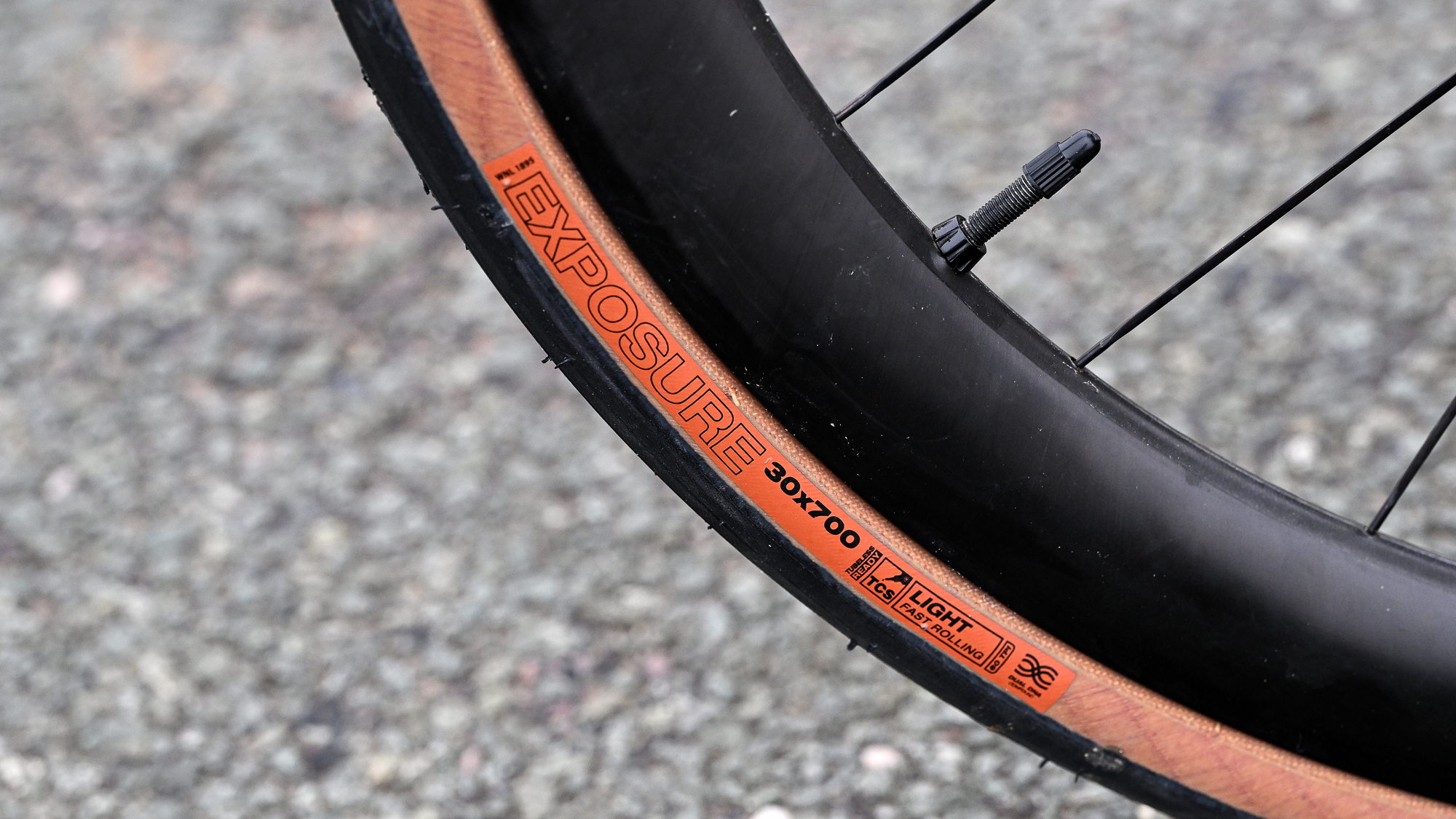 We thought this all-road tyre delivered comfort, speed and durability but was let down by the cost – as if by magic, you can now get 40% off at Competitive Cyclist
We thought this all-road tyre delivered comfort, speed and durability but was let down by the cost – as if by magic, you can now get 40% off at Competitive CyclistDeals The WTB Exposure TCS tyre is now available at one of the lowest prices, making this fast-adventure-ready tyre a bargain buy
By Paul Brett Published
-
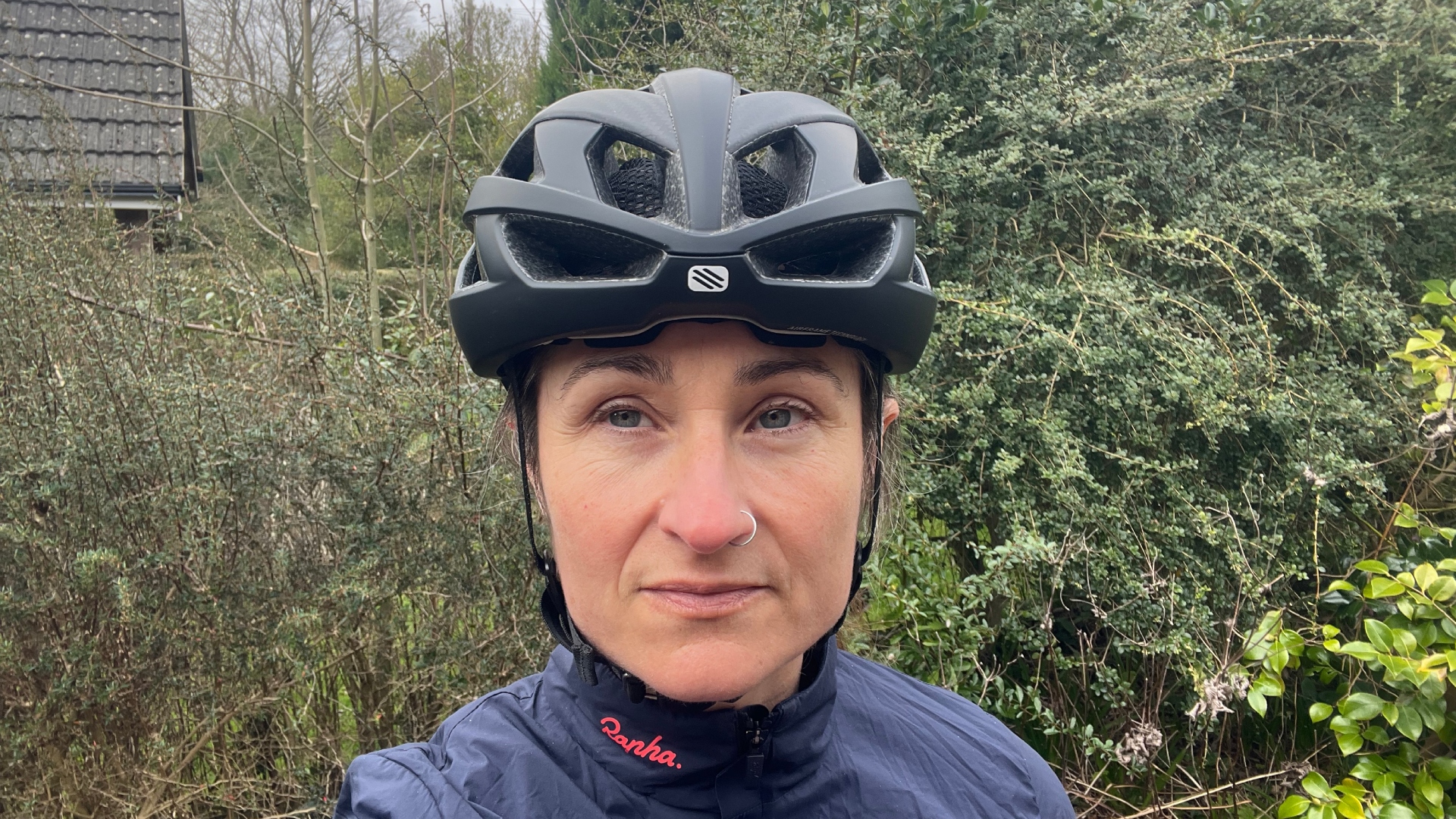 Rudy Project Rebel bike helmet review
Rudy Project Rebel bike helmet reviewRebelling against the solid shell oversized helmet fashion, the Rudy Project Rebel goes big on ventilation and breathability, but there is a weight penalty
By Hannah Bussey Published
-
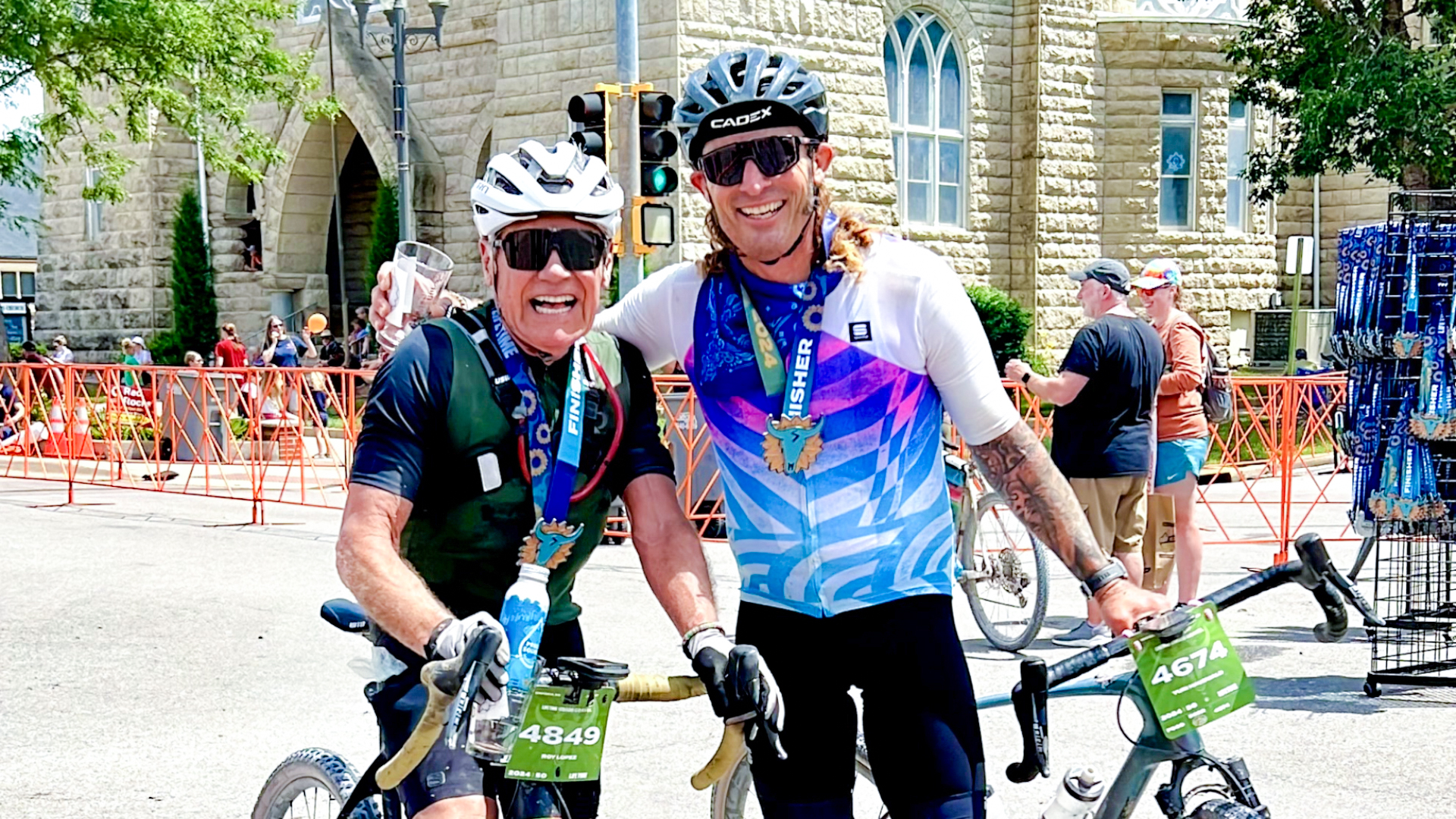 'Age means nothing, it's the attitude and the work' says 73-year-old cyclist who conquered Unbound gravel race
'Age means nothing, it's the attitude and the work' says 73-year-old cyclist who conquered Unbound gravel raceIn his semi-retirement, 73-year-old Roy Lopez is embracing cycling with newfound dedication, taking home trophies and defying age barriers with each pedal stroke
By Anne-Marije Rook Published
-
 I know how it feels to finish 'dead last' - here are my tips for completing your first gravel race
I know how it feels to finish 'dead last' - here are my tips for completing your first gravel raceCongratulations, you’ve registered for your first gravel race! Now the real fun (and work) begins – training and preparation for what will likely be your longest, hardest day on the bicycle yet.
By Marley Blonsky Published
-
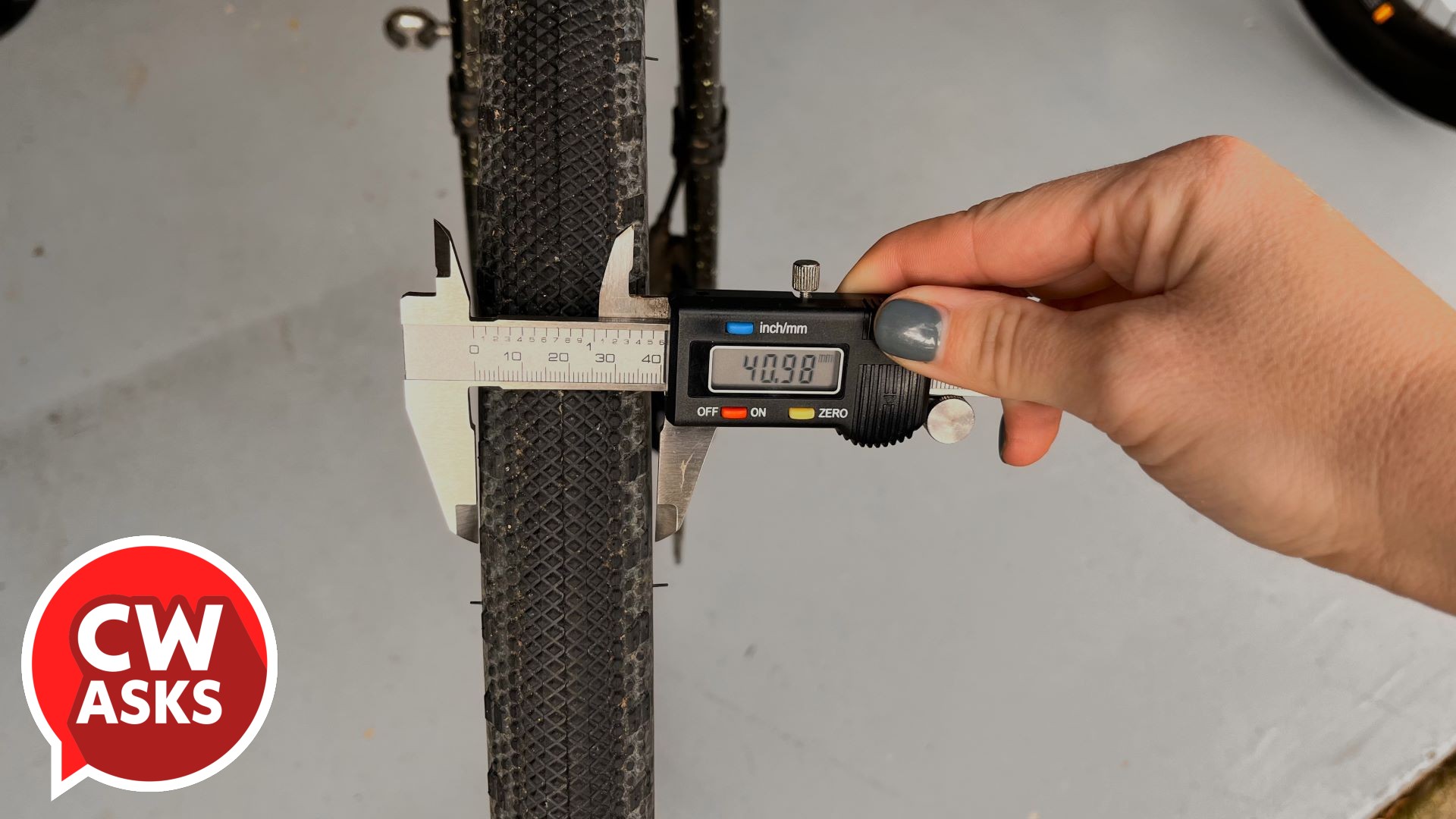 What's the 'right' tire width for gravel and road bikes?
What's the 'right' tire width for gravel and road bikes?Tubeless vs. tubed tires for road bikes - our experts debate
By Anne-Marije Rook Published
-
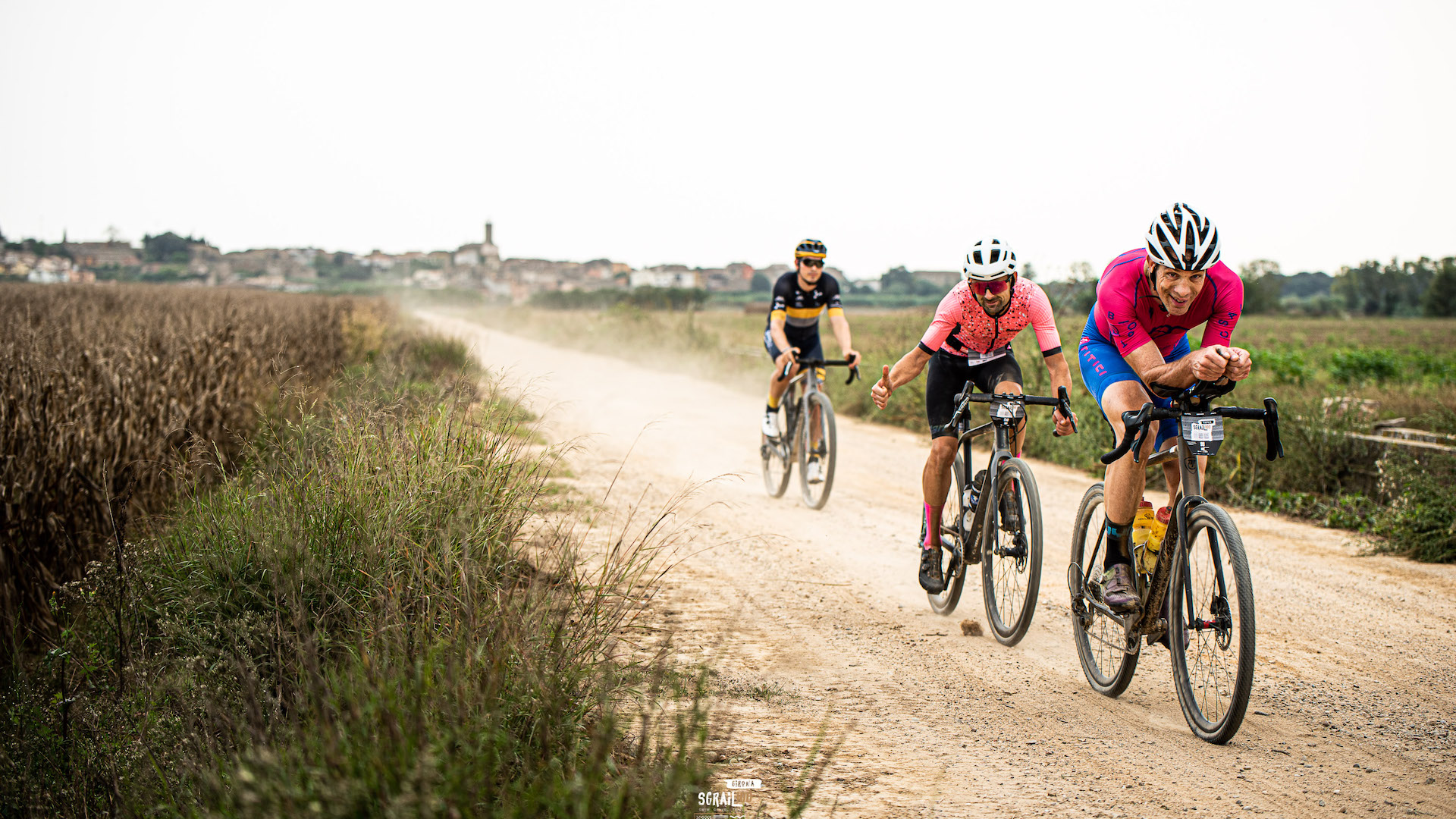 Gravel Triathlon: your questions answered
Gravel Triathlon: your questions answeredA hybrid of multisport and gravel racing, gravel triathlon takes place on off-road terrain and allows competitors to use drop-bar gravel bikes and permits drafting
By Greg Kaplan Published
-
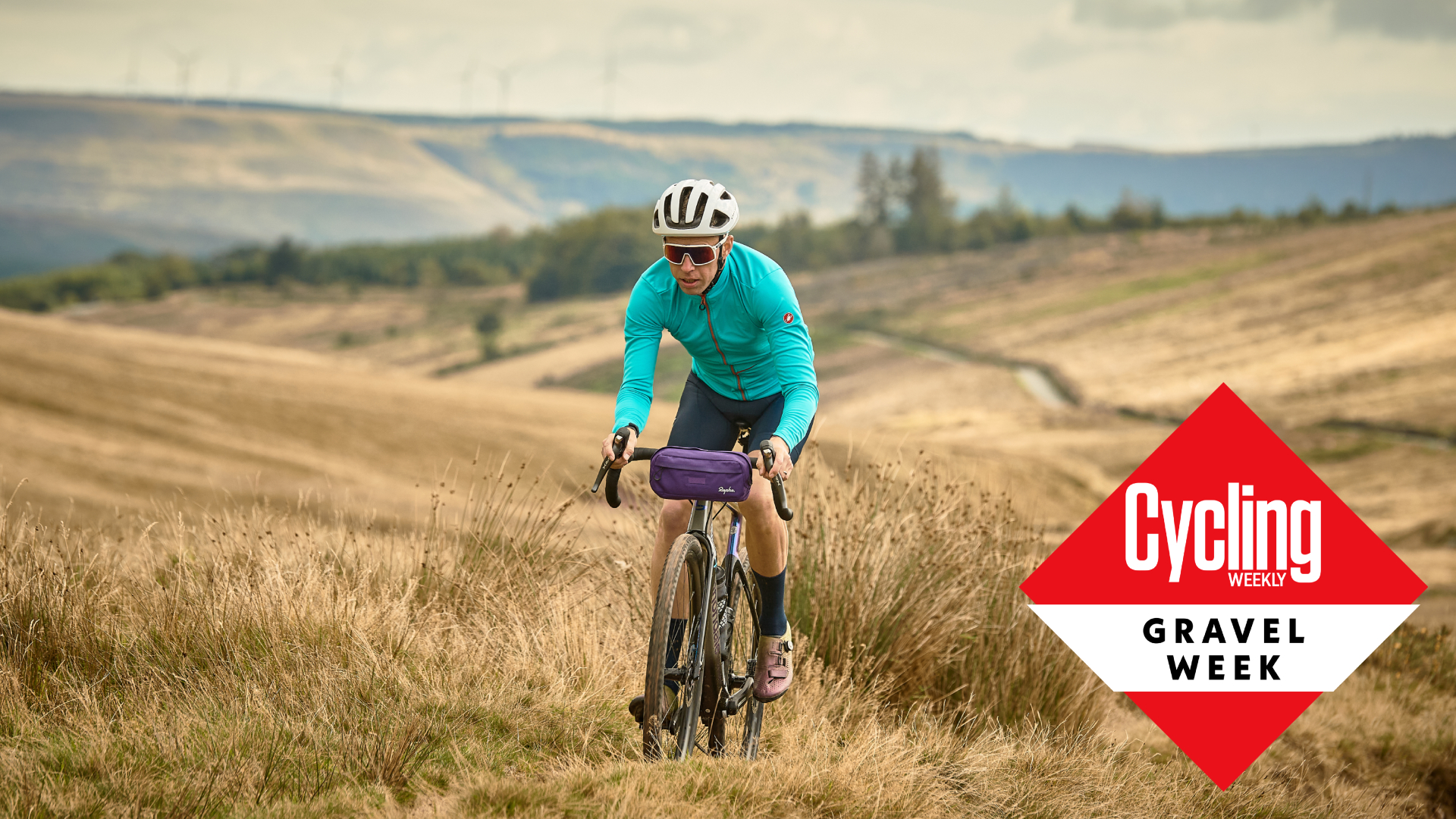 Is it really worth getting a power meter for gravel riding?
Is it really worth getting a power meter for gravel riding?We take you through the pros, cons and price-points of off-road power meters
By Stefan Abram Published
-
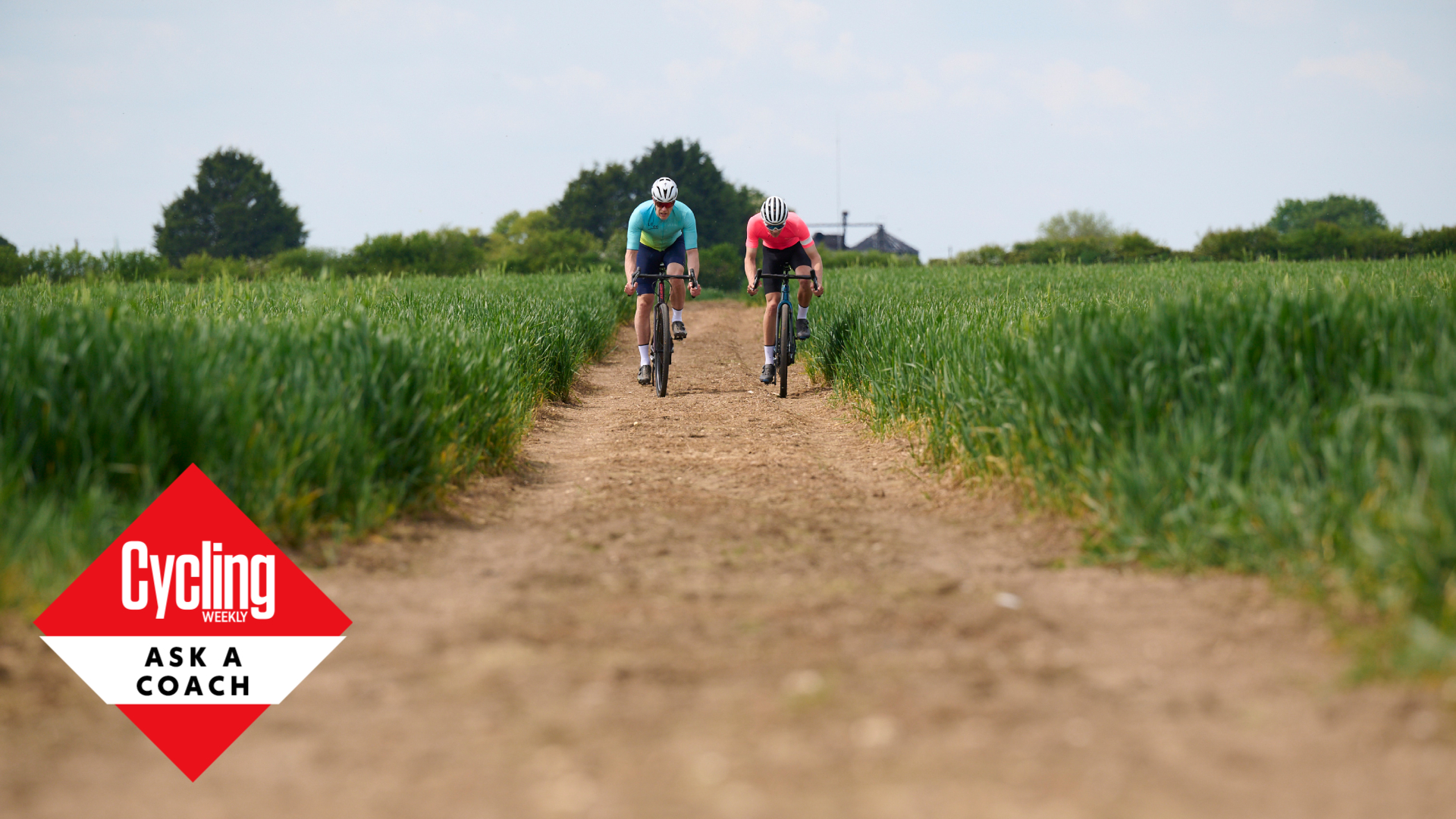 Ask a coach: 'How can I adapt my riding to get faster on gravel?'
Ask a coach: 'How can I adapt my riding to get faster on gravel?'Is your training sufficiently adapted to the differing demands?
By James Spragg Published
-
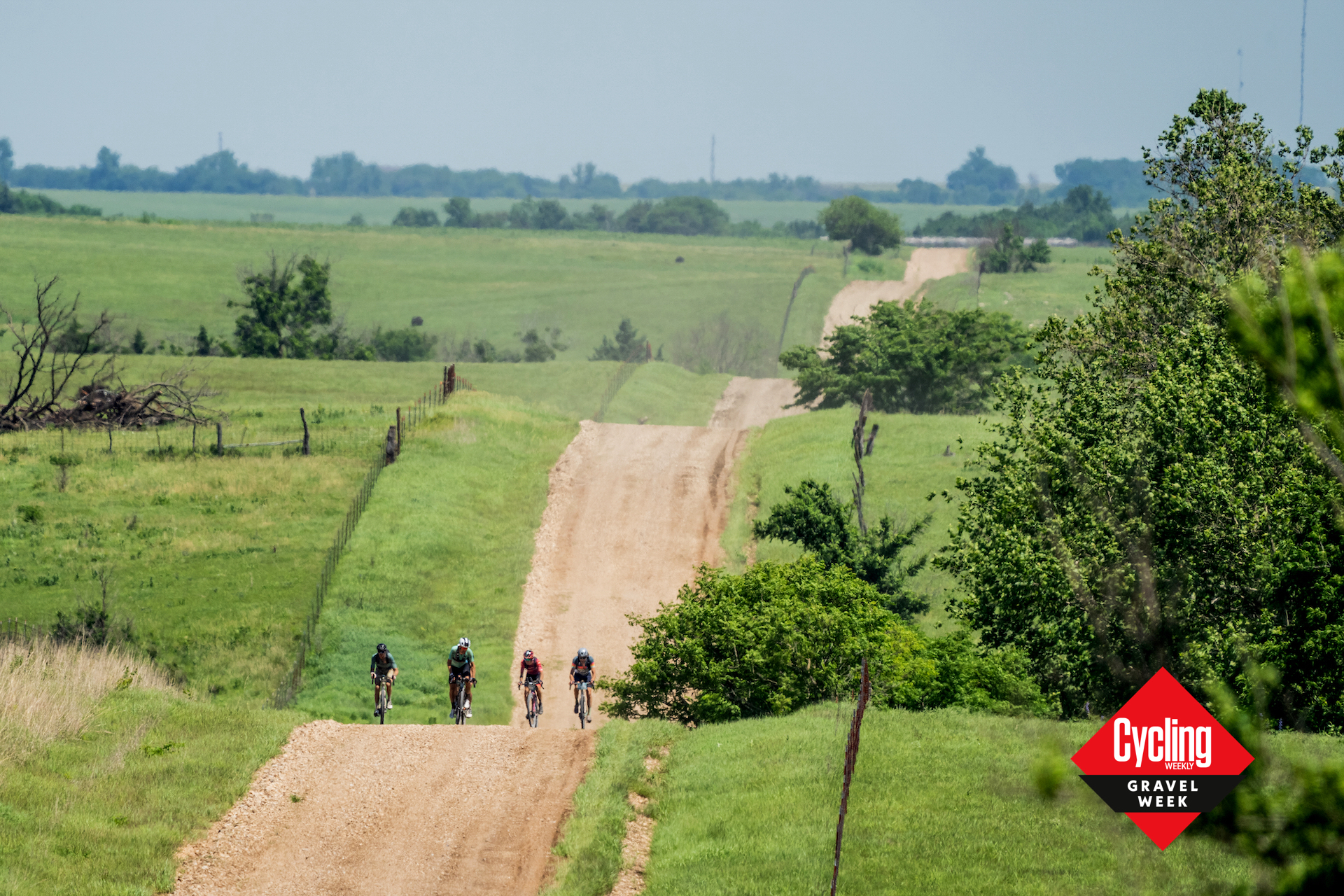 6 things I learned from my first gravel race — a Spotify playlist
6 things I learned from my first gravel race — a Spotify playlistMusic-inspired tips for your first gravel event
By Samantha Nakata Published
-
 What is a gravel-specific bike saddle and do you need one?
What is a gravel-specific bike saddle and do you need one?What makes a saddle good for gravel riding and should you consider one? We asked bike fit professionals to find out
By Kristin Jenny Published